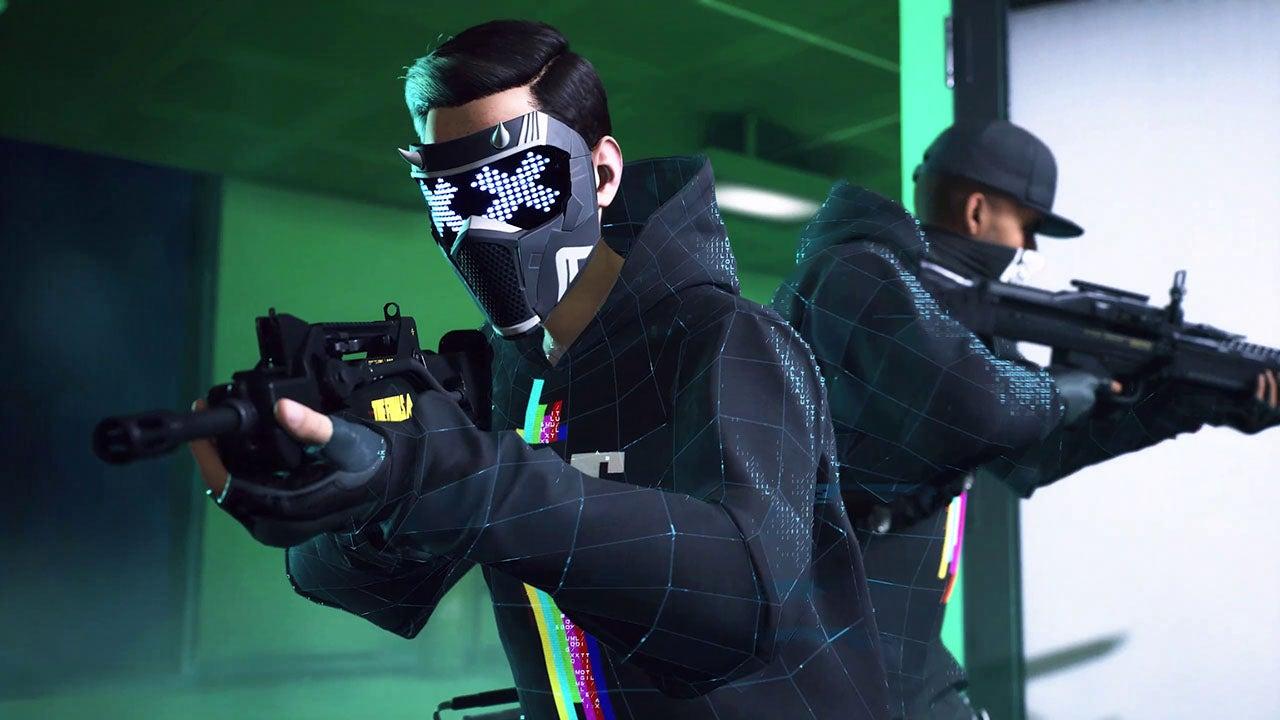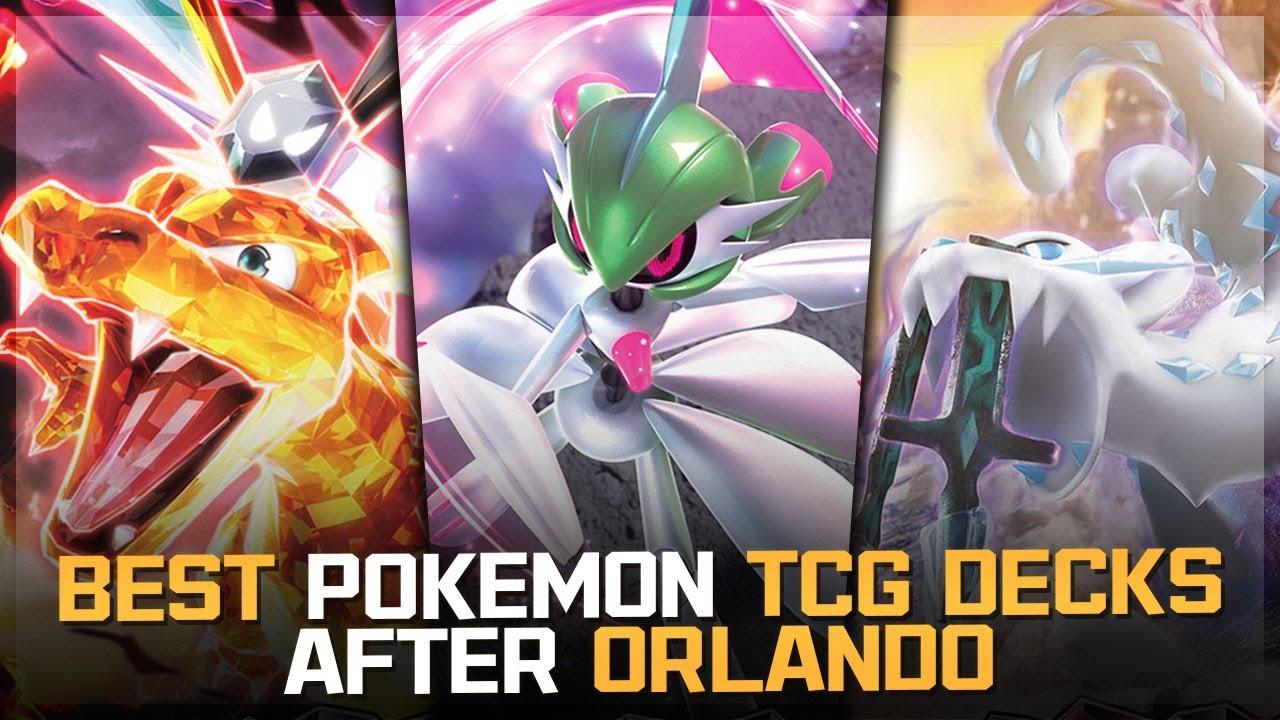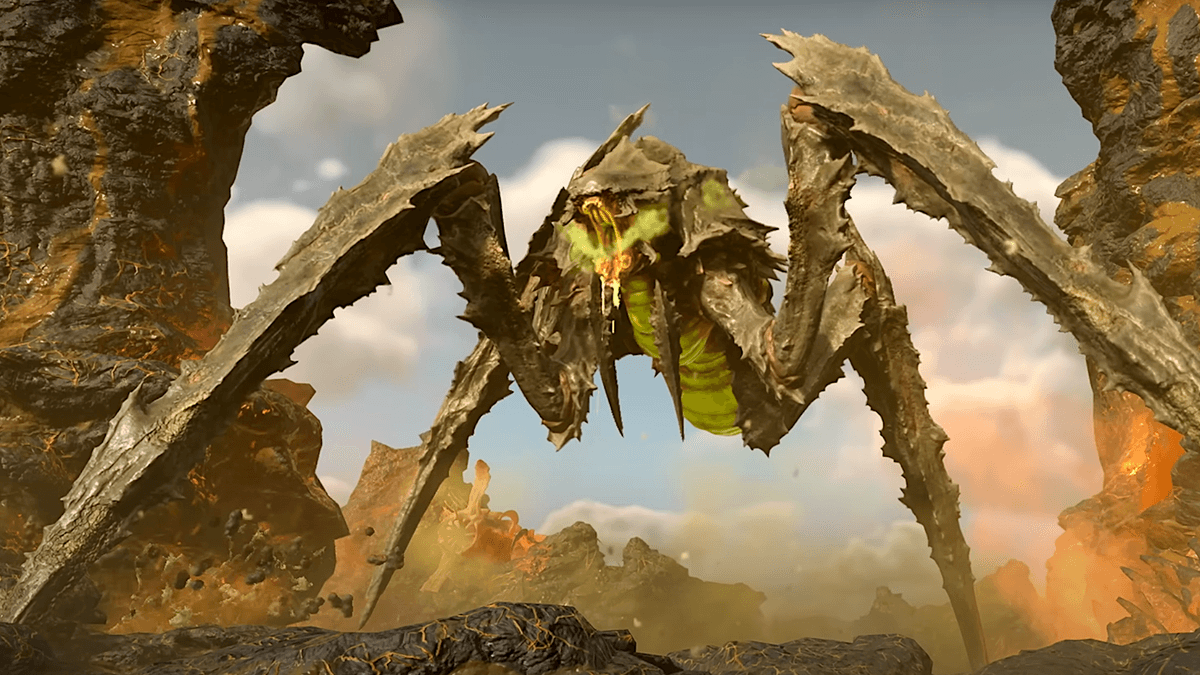
What is a Twitch Raid and how does it work?
Twitch continues to be the top streaming platform in the world thanks to its ever-growing list of community-oriented features, and one of the platform’s most prominent features is that of the “raid.”
Raiding a channel simply means sending viewers to another channel at the end of a stream. By using the /raid command, a content creator can send their current viewers directly to another stream. Streamers can do this in three easy steps:
- Inform viewers by sending a chat message that a raid is incoming and let them know to head to the channel.
- Type /raid followed by the name of the channel that viewers should raid.
- The raid will then show as a pinned chat message. After 10 seconds, the streamer can click “Raid Now” to begin.
At the end of a countdown, viewers will be sent to the channel being raided. The people in the raided channel will see a chat message saying that another channel is raiding with a “party” and the number of raiding viewers. On the content creator’s end, they will automatically host the raided channel so that viewers who didn’t join the raid will still have something to watch.

Streamers can manage incoming raids through their settings dashboard. Channels are automatically set to accept incoming raids, but content creators can choose to allow only raids from within their own network (friends, followed channels etc.). Streamers can also disable all incoming raids completely.
A raid that’s already started can be shut down by turning on followers-only chat. This disables non-followers from chatting. All streamers have to do is click the gear icon in chat and open the settings. They’ll see “Followers-Only” on the checklist.
Can a raid be a bad thing?
While this is meant to be a positive way to get channels exposure and increase viewership, it’s no surprise that this can sometimes backfire. Not everyone using Twitch has good intentions and trolls may take advantage of the raid command to harass or bother other streamers and their channels.
After a bad raid, streamers can also report or ban the raiding channel. If a streamer found a raid offensive or inappropriate, they can click the gear icon in the chat settings, click on “Recent Raids” and then find the offender on a list of channels. Banned channels will be unable to raid the same channel again.
Twitch also allows streamers to turn on AutoMod to manage possibly risky incoming messages. Twitch has other options for managing harassment in chat as well.
Luckily, toxic raid experiences seem to be rare. For now, Twitch actively encourages channels to try out this community feature. It’s a way to build up connections between different communities, introduce new fans to different channels, and create wholesome experiences.
In a recent Verge article, one Twitch user said that raids are one of Twitch’s best features.
“I always go on raids now, even if I can only stay for a little while. It’s nice to see streamers freak out about a bunch of new people watching their stream — it also usually comes with a flood of follows, donations, and subscriptions — and it’s also a great way to find new people to watch,” they wrote.
For many people, it’s a memorable experience worth having.
“It is important to remember that raids are a great way to help you grow your community, so we encourage you to give it a try,” Twitch said.
Recommended

These are the Latest Trends in Mobile Gaming
The popularity of gaming continues to rise day by day, and as a result, developers are continually...

The Finals gets a new CS-style game mode called The Terminal
Guard the Terminal from attackers.






